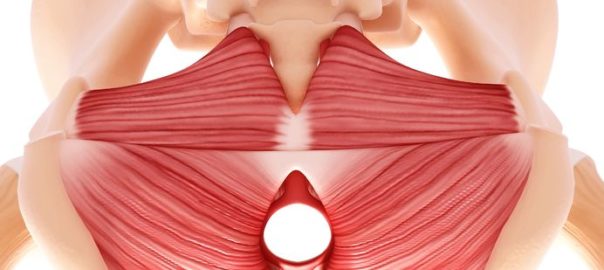Researchers Gain Ground in Tissue Engineered Anal Sphincters

A team of researchers at the Wake Forest Institute for Regenerative Medicine has gained considerable ground in a quest to engineer digestive system tissue. The ability to create replacement digestive tissue offers exciting possibilities in the treatment of a number of gastrointestinal conditions, ranging from inflammatory bowel disease and fecal incontinence to short gut syndrome and colon cancer.
Tissue Engineering for Fecal Incontinence
The team reported in the journal Stem Cells Translational Medicine that experiments in large animal models have been successful in treating fecal incontinence with lab-grown anal sphincters. Animal testing is a vital step before studies can be advanced to humans.
Talking about the project, senior researcher Khalil N. Bitar, Ph.D., says a number of devastating gastrointestinal conditions can benefit from replacement tissue that has been engineered from the patient’s own cells. For example, the sphincter project is designed to study whether lab-engineered sphincters can safely and effectively treat fecal incontinence.
Incontinence is an involuntary leakage of stool due to a weakness of the internal anal sphincter, a ring-like muscle at the outlet of the anal canal. The condition is associated with severe limitations on quality of life due to embarrassment. The anal sphincter can become weak due to childbirth, age, or surgery. Current treatment options include muscle grafts, implantable mechanical devices, or silicone injections, all of which have limited success rates and are associated with a number of complications.
Lab-Grown Functional Anal Sphincters
After a decade of work, in 2011, the team at Wake Forest succeeded in creating the first functional anal sphincter. Bioengineered sphincters were grown in the lab and implanted in 20 immunosuppressed rabbits with fecal incontinence. Eight animals received sphincters created with their own nerve and muscle cells. A control group of eight rabbits received no treatment. The remaining four rabbits were treated with a sham surgery.
In a process that took four to six weeks, the investigators used the animal’s intestinal and sphincter tissue to isolate nerve and muscle cells. These cells were then multiplied in the laboratory a ring-shaped mold and layered to form a new sphincter.
Three months following the procedure, the animals that received the new sphincters had restored fecal control. The other groups showed no improvement in fecal incontinence. When muscle tone was measured in the new sphincters, it was found that the engineered anal sphincters were both functional and viable with healthy nerve and muscle components. Long-term followup has shown good results, paving the way for human trials.
References:
- https://www.medicalnewstoday.com/releases/318299.php


